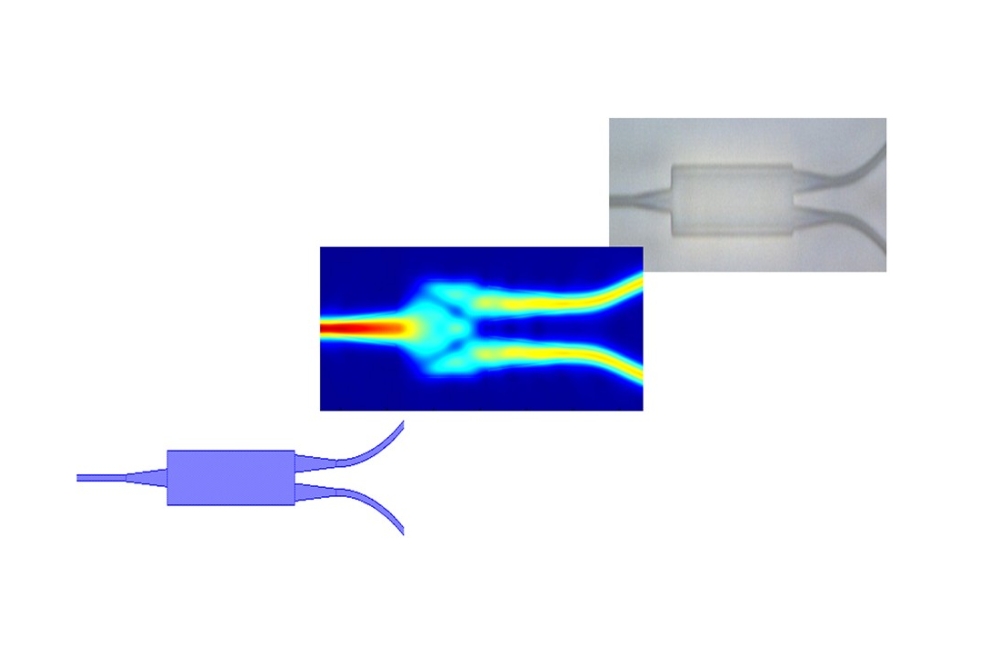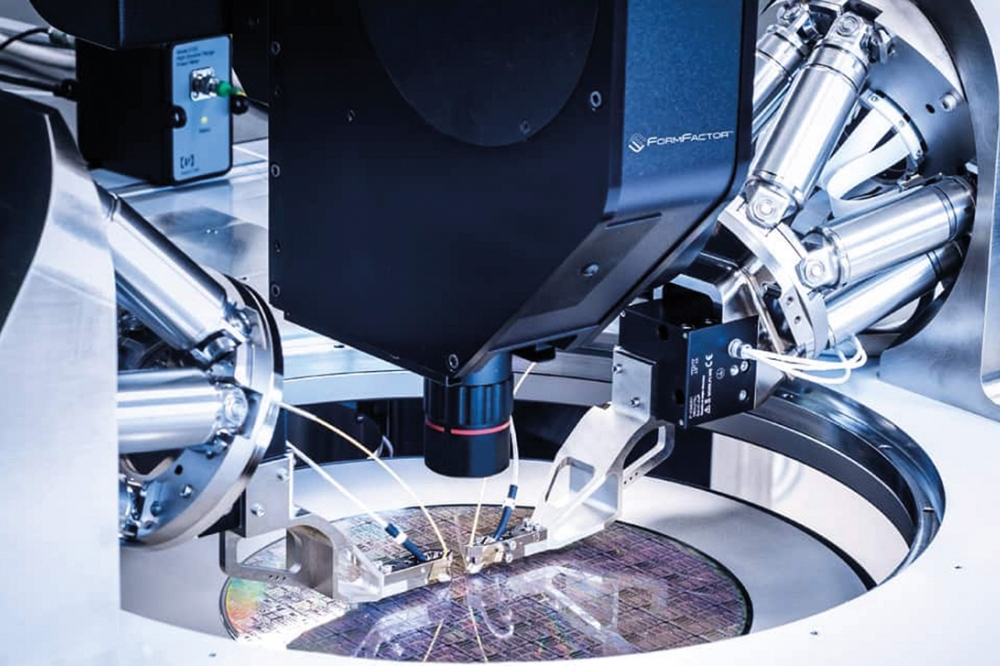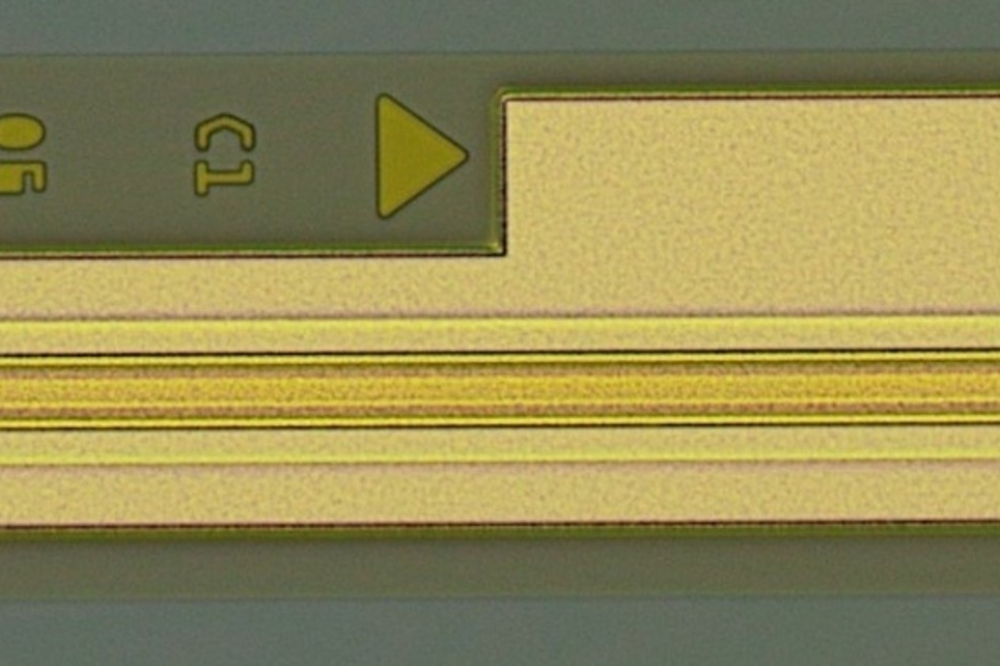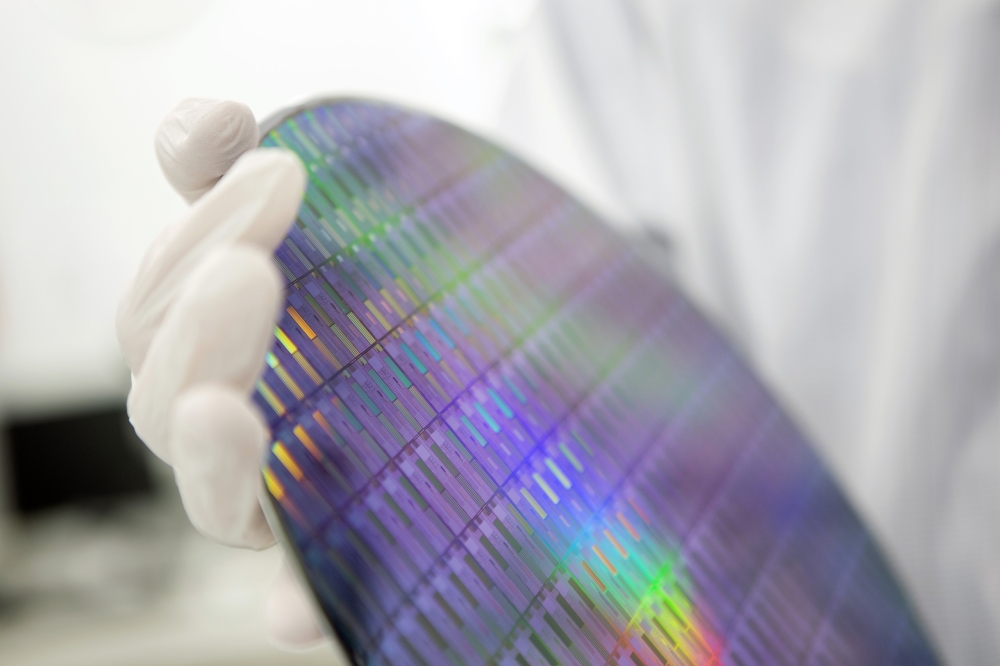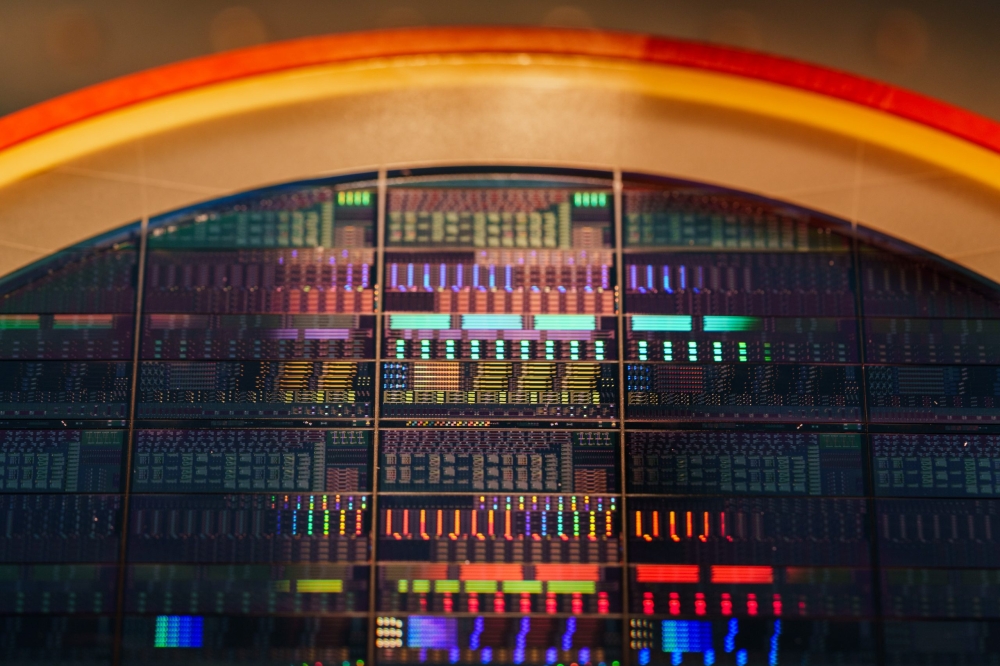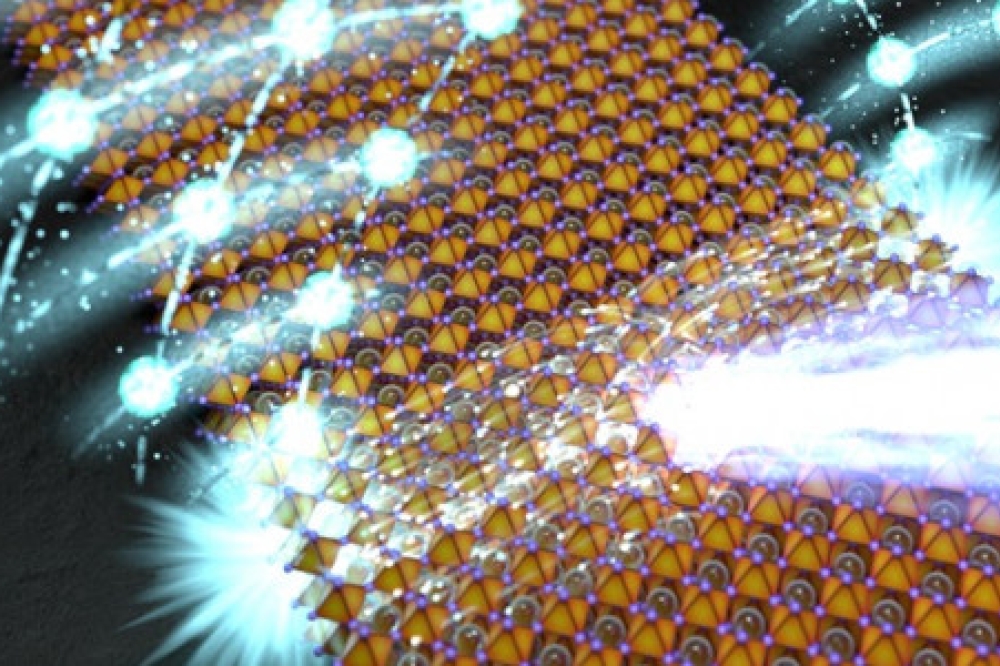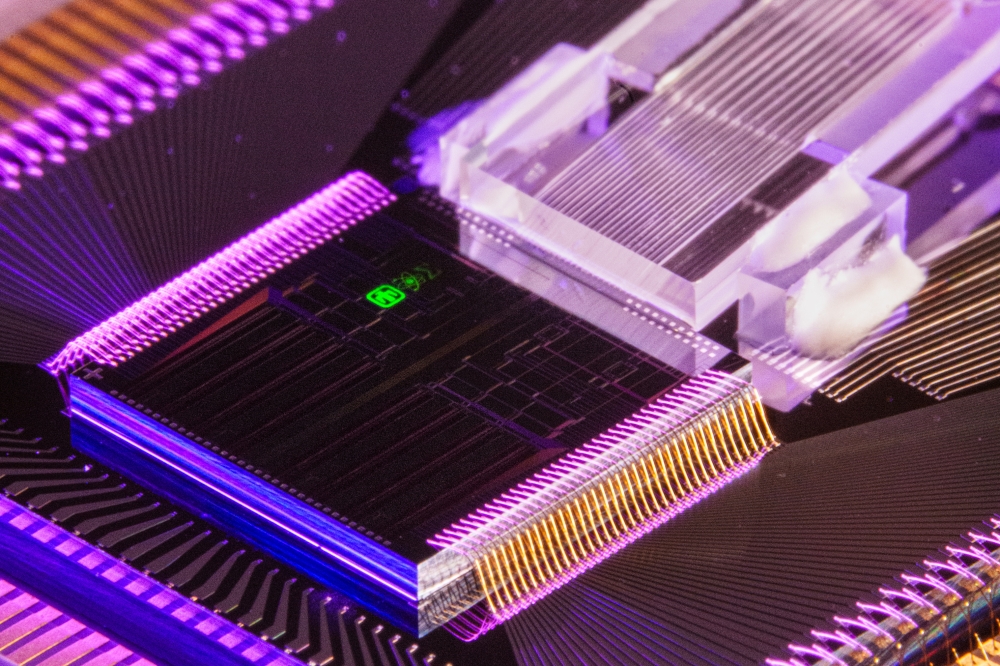Facebook shares new optical networking technology

The social network continues its push into open source, free hardware designs.
Facebook has built a type of networking hardware that can be used to funnel data quickly across long distances and multiple data centres. The company claims that its new Voyager device is the industry's "first "˜white box' transponder and routing solution," according to a corporate blog post.
A white-box device refers to a generic piece of data centre hardware that companies can use to install and run custom, free and open source software. The idea is that these white-box products are cheaper than comparable devices and give users the option to use more flexible, free software that can be customized to their specific networking, storage, or related data centre tasks.
Facebook has created an industry consortium called the Open Compute Project, which oversees data centre hardware designs and makes them available for other companies to use and build their own gear from.
The social network has said it would contribute the designs of its new Voyager product to its recently created Telco Infra Project, a similar initiative to the Open Compute Project, except tailored to match the specific needs of telecommunication companies.
Facebook's global head of engineering and infrastructure Jay Parikh explained in a separate blog post the need for Facebook to create data centre technology that can keep up with its need to scale its networks more efficiently, as its users watch more videos and consume more virtual reality content.
"As the amount of global internet bandwidth required continues to grow, there is major emphasis on how to efficiently deploy fibre both within and between urban and rural areas. At Facebook, we believe that a key to efficiency is enabling open and unbundled solutions. To that end, our networking team has previously developed a series of projects aimed at breaking apart the hardware and software components of the data centre network stack to open up more flexibility and accelerate innovation, as we previously did with our racks, servers, storage, and motherboards in the data centre."














